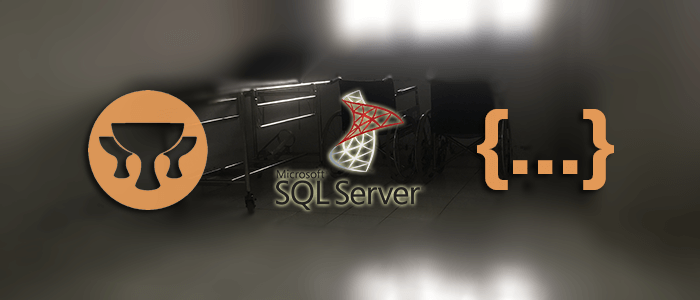Grails 6 introduces a modern development experience with enhanced support for REST APIs, persistence, and database integration. In this tutorial, you’ll learn how to build a CRUD RESTful API using Grails 6 and Microsoft SQL Server, leveraging features like the create-restapi command, GORM entities, and @Resource for automatic endpoint generation. We’ll walk through connecting to SQL Server, configuring the datasource in application.yml, and exposing domain classes via REST—all using Grails' simplified, module-free architecture.
Prerequisites
-
JDK 17+
-
Grails 6 CLI
sdk install grails 6.2.3 sdk u grails 6.2.3 -
Microsoft SQL Server (local or remote instance). We are using Docker version.
docker pull mcr.microsoft.com/mssql/server:2022-latest docker run -e "ACCEPT_EULA=Y" -e "SA_PASSWORD=YourStrongPassword1" -p 1433:1433 --name sqlserver -d mcr.microsoft.com/mssql/server:2022-latest
Step 1: Create a New REST API App
Run the following command to create a new Grails 6 app with SQL Server support:
grails create-restapi my-rest-app --features=sqlserver,gorm-hibernate5
cd my-rest-appRun this Grails app for the first time.
./gradlew bootRun
Step 2: Configure SQL Server in application.yml
Open grails-app/conf/application.yml and update the datasource settings:
dataSource:
pooled: true
driverClassName: com.microsoft.sqlserver.jdbc.SQLServerDriver
url: jdbc:sqlserver://localhost:1433;DatabaseName=MyDatabase
username: my_user
password: my_password
dialect: org.hibernate.dialect.SQLServer2022Dialect
environments:
development:
dataSource:
dbCreate: update
test:
dataSource:
dbCreate: update
production:
dataSource:
dbCreate: none
Step 3: Add SQL Server JDBC Driver
Edit build.gradle and add the following dependency:
dependencies {
runtimeOnly 'com.microsoft.sqlserver:mssql-jdbc:11.2.0.jre17'
}Then refresh dependencies:
./gradlew clean
./gradlew compile
Step 4: Create a Domain Class
Generate a new domain class named Book:
grails create-domain-class BookUpdate grails-app/domain/Book.groovy:
package my.rest.app
grails.rest.Resource(uri = '/books', formats = ['json', 'xml'])
class Book {
String title
String author
static constraints = {
title blank: false
author blank: false
}
}The
@Resourceannotation automatically exposes CRUD endpoints for theBookdomain.
Step 5: Run the Application
We will test the REST API using `CURL` from the terminal or command line. Run the Grails application using this command.
./gradlew bootRunTest the REST API endpoints:
Create a new book:
curl -X POST http://localhost:8080/books \
-H 'Content-Type: application/json' \
-d '{"title":"Grails Guide", "author":"Djamware"}'Get all books:
curl http://localhost:8080/booksGet a single book:
curl http://localhost:8080/books/1Update a book:
curl -X PUT http://localhost:8080/books/1 \
-H 'Content-Type: application/json' \
-d '{"title":"Updated Title", "author":"Djamware"}'Delete a book:
curl -X DELETE http://localhost:8080/books/1
Optional: Add a Custom Controller
If you want custom logic, create a controller:
grails create-controller BookThen extend RestfulController:
package my.rest.app
import grails.rest.RestfulController
class BookController extends RestfulController<Book> {
static responseFormats = ['json', 'xml']
BookController() { super(Book) }
}
Conclusion
You’ve now built a complete CRUD RESTful API using Grails 6 and Microsoft SQL Server. Thanks to the simplified standalone architecture and GORM REST support, you can rapidly scaffold REST endpoints, connect to SQL Server, and extend logic as needed.
You can find the working source code on our GitHub.
That's just the basics. If you need more deep learning about Groovy and Grails, you can take the following cheap course:
- The Complete Apache Groovy Developer Course
- Groovy Fundamentals For Testers - Step By Step
- Groovy Programming Fundamentals for Java Developers
- The Complete Jenkins DevOps CI/CD Pipeline Bootcamp
- WebServices/API Testing by SoapUI & ReadyAPI - Groovy |30+hr
- Mastering Grails. A Comprehensive Grails Course.
- Intro to web programming with Groovy on Grails
Thanks!
